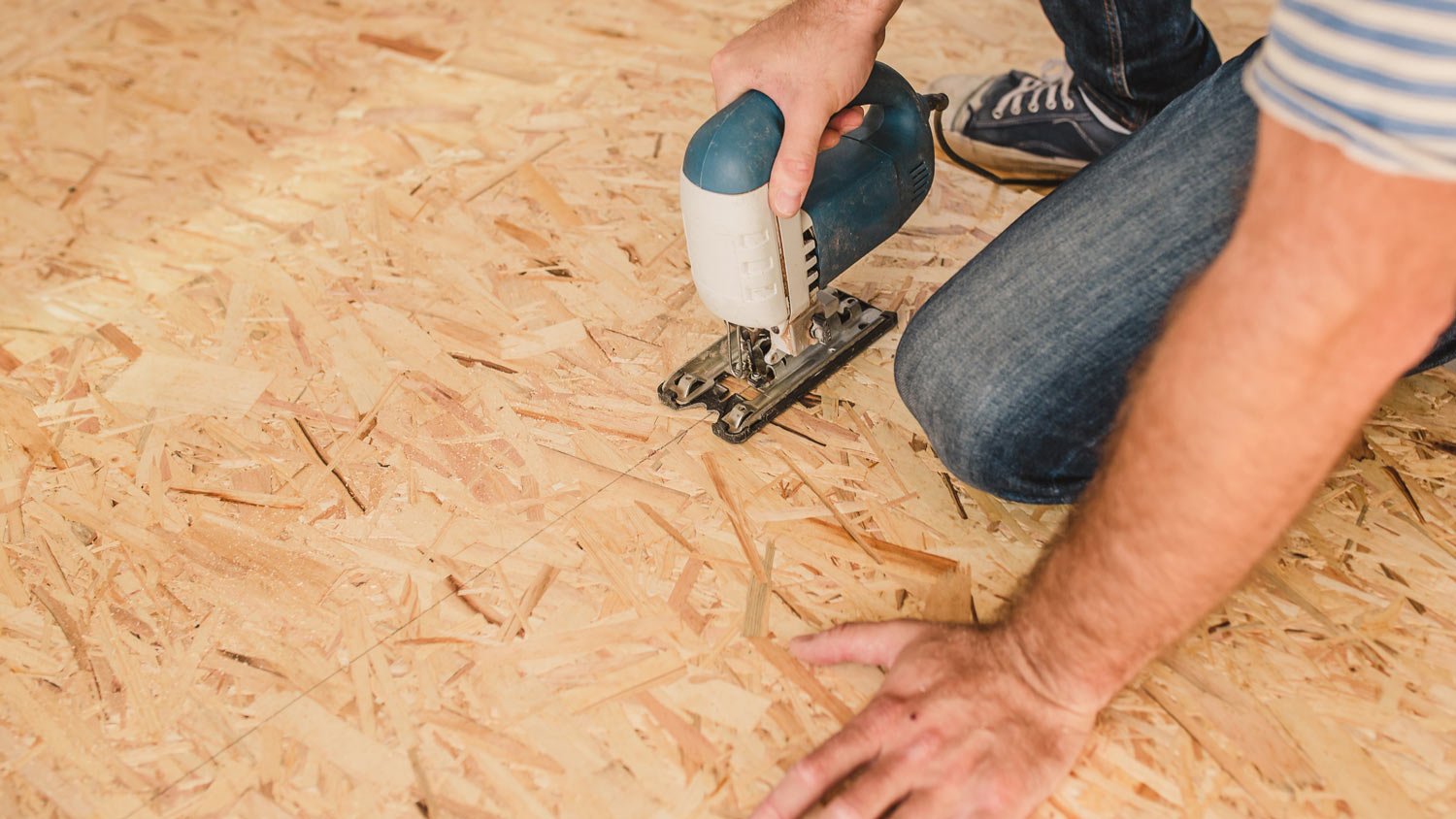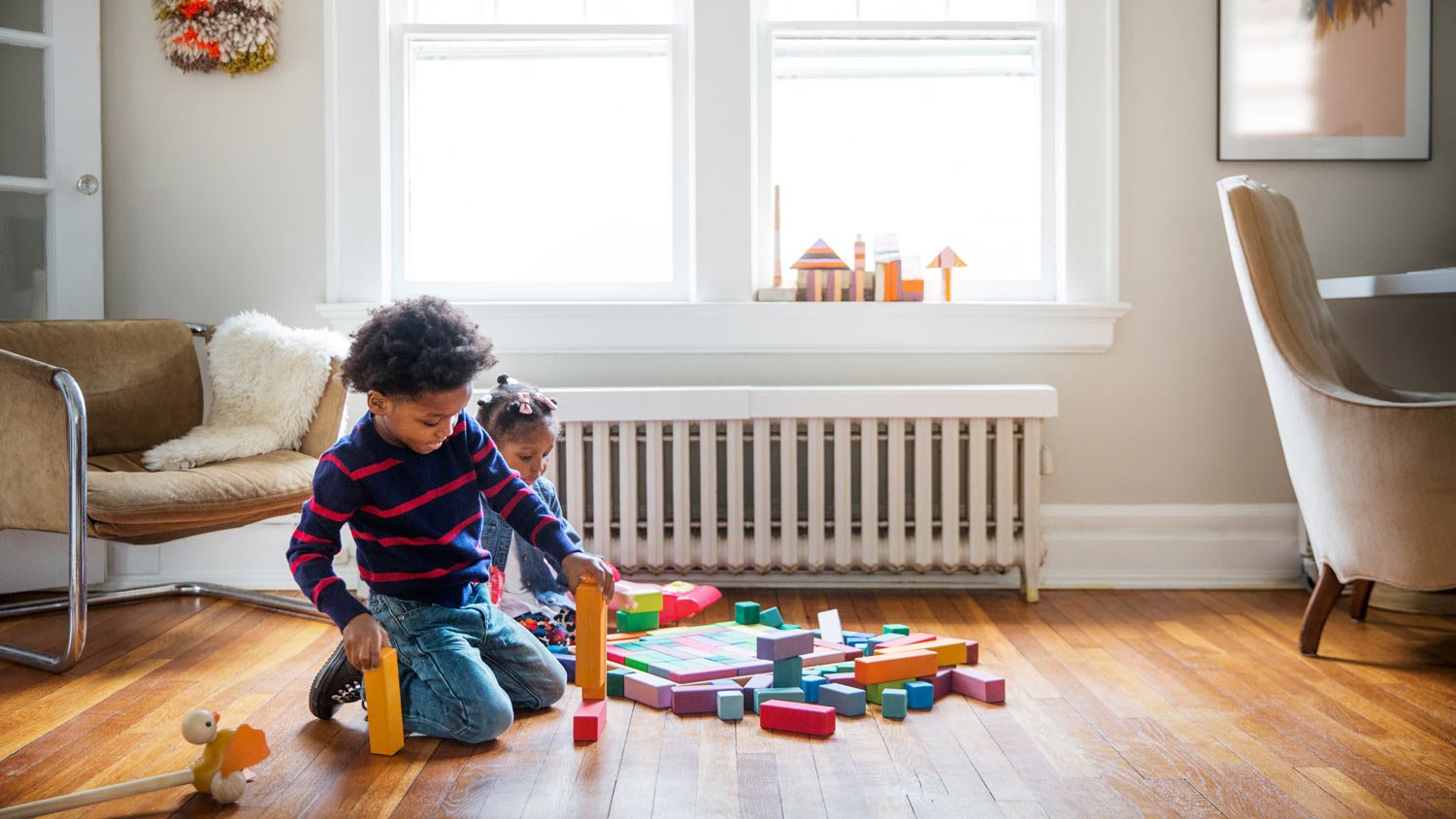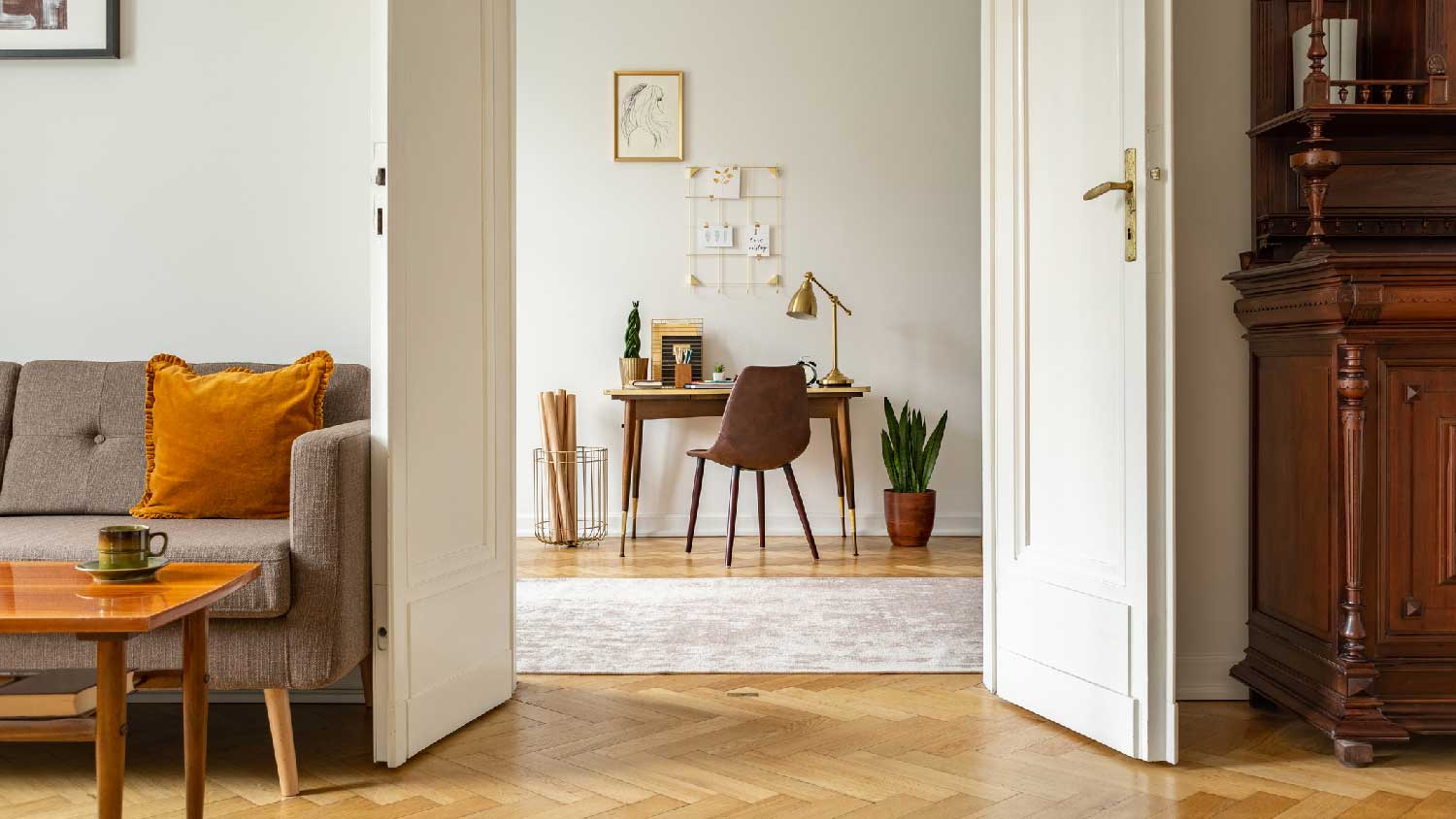
Here’s what you should expect to pay when renting an orbital, drum, vibrating, or edging floor sander—as well as where you can rent them and what else to know.
Find the right strategy for silencing those irritating floor squeaks once and for all


New or old, no house is immune to problems with annoying squeaky floors. If you wake up whenever someone stands on that squeaky floorboard or loose plywood subfloor, you can take some simple steps to eliminate the problem. Follow these tips to learn how to silence a squeaking floor quickly and easily.
Before you can do repairs, you need to pinpoint where the squeak is coming from on your flooring. Ideally, you want to listen for the squeak from below. This is easy if you have a basement or crawl space you can access.
Have someone walk over the area until you identify the exact location of the squeak and mark this with removable tape or chalk.

Working out what’s causing the floor to squeak will help you decide on the best plan of action. Most commonly, it relates to friction, and being able to stop this friction eliminates the problem.
Traditional hardwood strip flooring commonly emits high-pitched squeaks. Older homes are frequent offenders when the flooring lumber is dry and shrunken. This buckling causes the boards to lift away from the support, become loose, and rub. You may see the boards move when you stand on them.
These warped, loose boards often have loose nails or staples, and these can cause squeaks when they move around their hole.
Unlike the localized squeaks that happen when boards rub against one another, subfloor squeaks cover a larger area. If the noise is still happening when you have taken more than one step, the subfloor is likely the culprit.
If the subfloor is weak or the contractor used the wrong material during installation, this may be a problem for a local flooring repair pro, and major subfloor repairs can be costly. Often, however, it relates to improper joist spacing, loose joint fasteners, bowed joists, or issues with nailing.
In these instances, it’s easy to remedy it yourself. If you have to go into a crawlspace to check the subfloor, you may have to remove some insulation and take a flashlight to see the area that’s causing a problem.
Sometimes floors are glued to a concrete base below them. If the concrete isn't level or there is insufficient adhesive, this can create hollow spots that squeak when pressed.
Sudden temperature changes can cause squeaky floors. During the more humid summer months, wood naturally expands, and the drier winter weather causes it to contract. Often, as temperatures settle, these squeaks will disappear.
If the squeak isn’t too irritating, you could wait to see if it disappears when your humidity levels settle into a range between 35% and 55%. If you notice this happening every year, it may be worth investing in a humidifier for use during the winter months.

If you believe a problem relates to the subfloor and you can access the basement or crawlspace to make repairs, this is often the best course of action. Depending on the issue, there are multiple approaches you can take.
Shimming can fill the gap and prevent movement if the subfloor has separated from the floor joists. It’s one of the most common and easy solutions for eliminating squeaks.
The technique involves inserting a thin wooden wedge, coating it in carpenter glue, and tapping it into place to fill a small gap. If you’re using a hammer, don’t hit too hard or you can push the shim too far and lift the subfloor. This can make it unlevel and cause even more squeaking.
Sometimes pulling the floor together rather than pushing it apart will get rid of a squeak. This is a good solution if a shim will cause bowing of the floor.
You can use a two-part product called Squeak-Ender for this purpose. This involves screwing a hanger bolt to the underside of the subfloor against a joist. Then, slip the bracket over the joist and the hanger bolt and tighten until the squeak disappears.
It’s tricky to get the product in the correct position, but don't over-tighten it, or you could raise other subfloor areas and create new squeaks.
If your subfloor has a long but thin gap running the length of a floor joist, shimming won’t work. In these instances, it can sometimes be enough to fill the space with fast-set construction adhesive via a caulking gun.
This will only work for very narrow gaps, typically less than a quarter-inch wide. Once the adhesive hardens, this can be enough to prevent further movement, and the squeak will disappear.
Warped joists can be a problem, especially if the wood wasn’t fully dry during installation. Because they aren’t supporting the subfloor properly, this can cause squeaking. Fitting a piece of wood alongside the joist can provide additional support.
A 2-by-4 piece of lumber is perfect for this job. Secure it tightly against the joist and the subfloor base using construction adhesive or nails. Sometimes you will need additional pieces of lumber.
Driving short screws through the subfloor from the underside and into the base of the floor above can be enough to eliminate squeaks caused by the subfloor separating from the surface on top.
When the screws are too long, they can come up through the surface of the main floor and be an unsightly safety hazard. If you are unsure, test in an area where something like a sideboard or a sofa covers the floor.

For carpet or other flooring you can pull back to access the subflooring beneath, you can drive a screw through the subfloor into the joist nearest the squeaky area. Make sure the screw isn’t longer than one inch thick to minimize the risk of plumbing or electrical damage. If you have a stud sensor or can borrow one, this will help you accurately locate the joist.
The above technique is too untidy for use on hardwood or engineered floors. In these instances, drilling pilot holes for one-inch finishing nails to go through the surface is a better option. You can sink these with a nail set to keep them below the surface of the floor. Fill the hole with matching wood filler and sand for a neat finish.
Be aware that nails and screws can loosen over time, and you don’t want the floor covered in holes.
You can use talcum powder, powdered graphite, or lubricants like WD-40 to sprinkle or spray into the joints between your floorboards to reduce or eliminate friction squeaks. This isn’t a permanent solution, though, and it may not always resolve the problem even after reapplication.
Not too into DIYing fixes for your squeaky floor? Hire a local flooring contractor to handle it for you.
From average costs to expert advice, get all the answers you need to get your job done.

Here’s what you should expect to pay when renting an orbital, drum, vibrating, or edging floor sander—as well as where you can rent them and what else to know.

Hardwood floor repair costs depend on the problem. This guide breaks down common costs based on factors like the type of problem, repair method, and whether you hire a pro or DIY.

It’s impossible to keep floors damage-free over the years. Thankfully, the cost to refinish hardwood floors is far less than the price tag to replace them altogether.

Discover engineered hardwood flooring pros and cons, from style and stability to cost and care. Here’s what you need to know to make the right choice.

If your wood floor has seen better days, you can try buffing it instead of replacing it. Learn how to buff a hardwood floor to give it a new lease on life.

When properly maintained, hardwood floors can last a lifetime. Discover why they last so long and how to maintain your hardwood floor for the maximum life span.